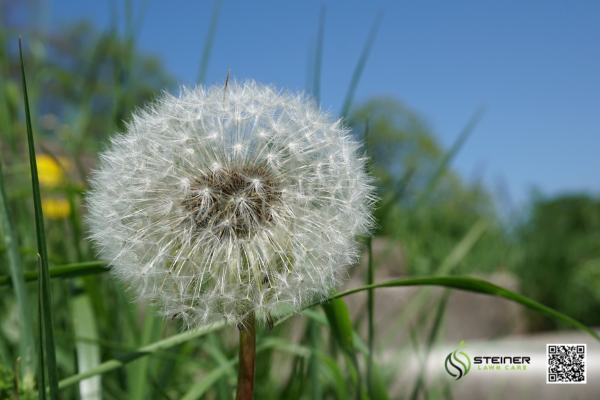
As temperatures rise and lawns come back to life, weeds are right there to crash the party. If you’re not prepared, invasive species like crabgrass, dandelions, and clover can take over your yard—choking out your grass and turning your spring lawn dreams into a nightmare. That’s why spring weed control is one of the most important lawn care tasks of the season.
In this guide, we’ll walk you through an effective, step-by-step strategy to identify, prevent, and eliminate weeds before they gain ground. Whether you’re a DIY enthusiast or thinking about hiring a pro, this spring lawn defense plan will help you reclaim your turf.
Understanding your enemy is the first step in any successful weed control plan. Different weeds require different solutions. Here are the most common culprits in spring:
 Crabgrass
Crabgrass Dandelions
Dandelions Clover
CloverThe key to effective spring weed control is prevention. Pre-emergent herbicides work by stopping weed seeds from germinating. Timing is critical—apply them before soil temperatures consistently hit 55°F.
 Why Pre-Emergent Matters:
Why Pre-Emergent Matters:For those looking to maintain an organic lawn or avoid chemical usage, there are natural ways to fight weeds effectively.
 Mulching
Mulching Boiling Water & Vinegar Spray
Boiling Water & Vinegar Spray Hand-Pulling
Hand-Pulling
Weeds thrive in weak lawns. By strengthening your turf, you create a natural barrier that weeds can’t easily penetrate.
Fertilize the Right Way
Overseed Bare Patches
Mow Smart
Water Deep, Not Often

Even after initial treatments, regular lawn care is essential to stay ahead of weed growth. Don’t let your guard down after spring—consistent mowing, fertilization, and irrigation will help prevent weeds from gaining ground again.
